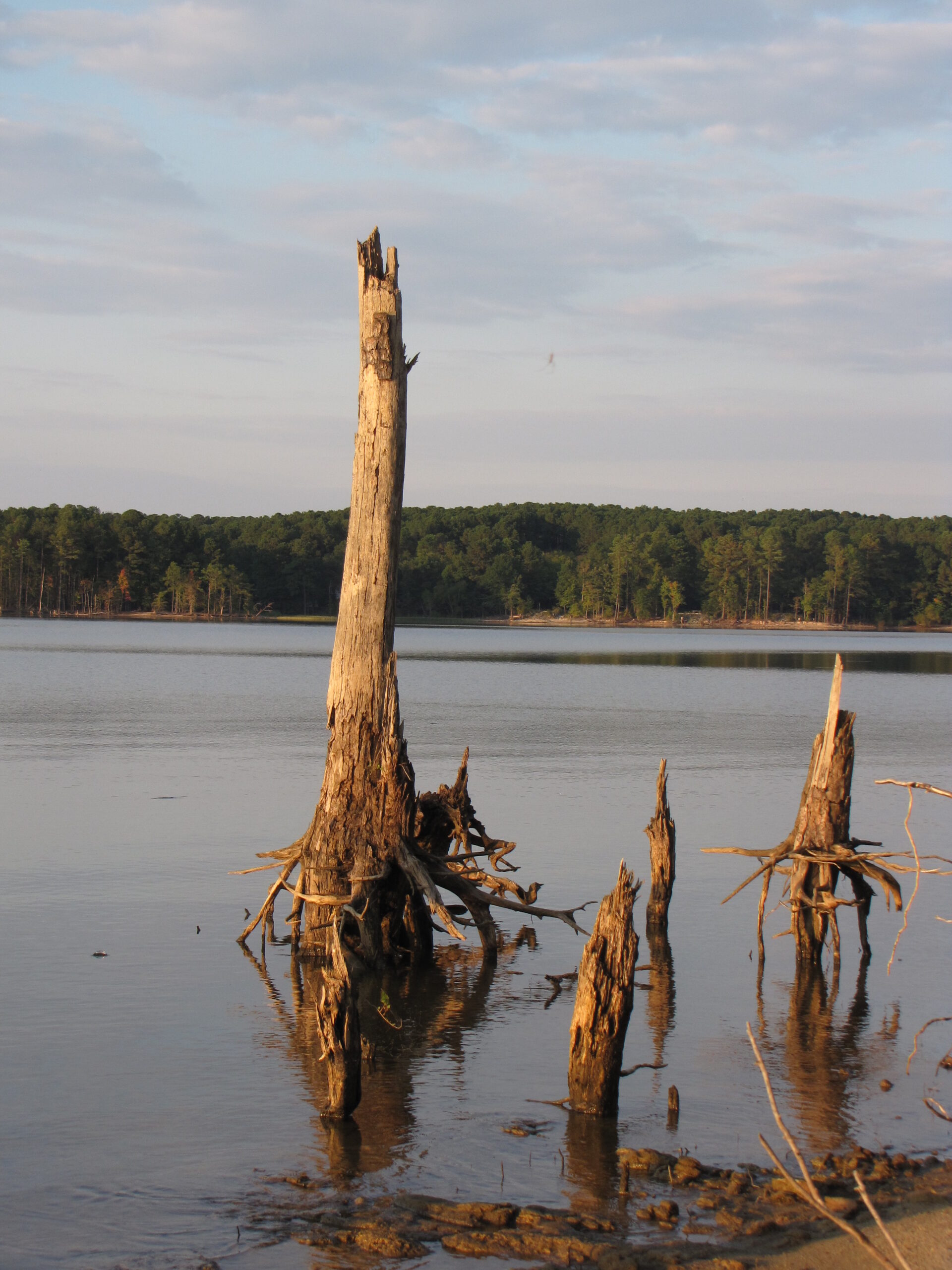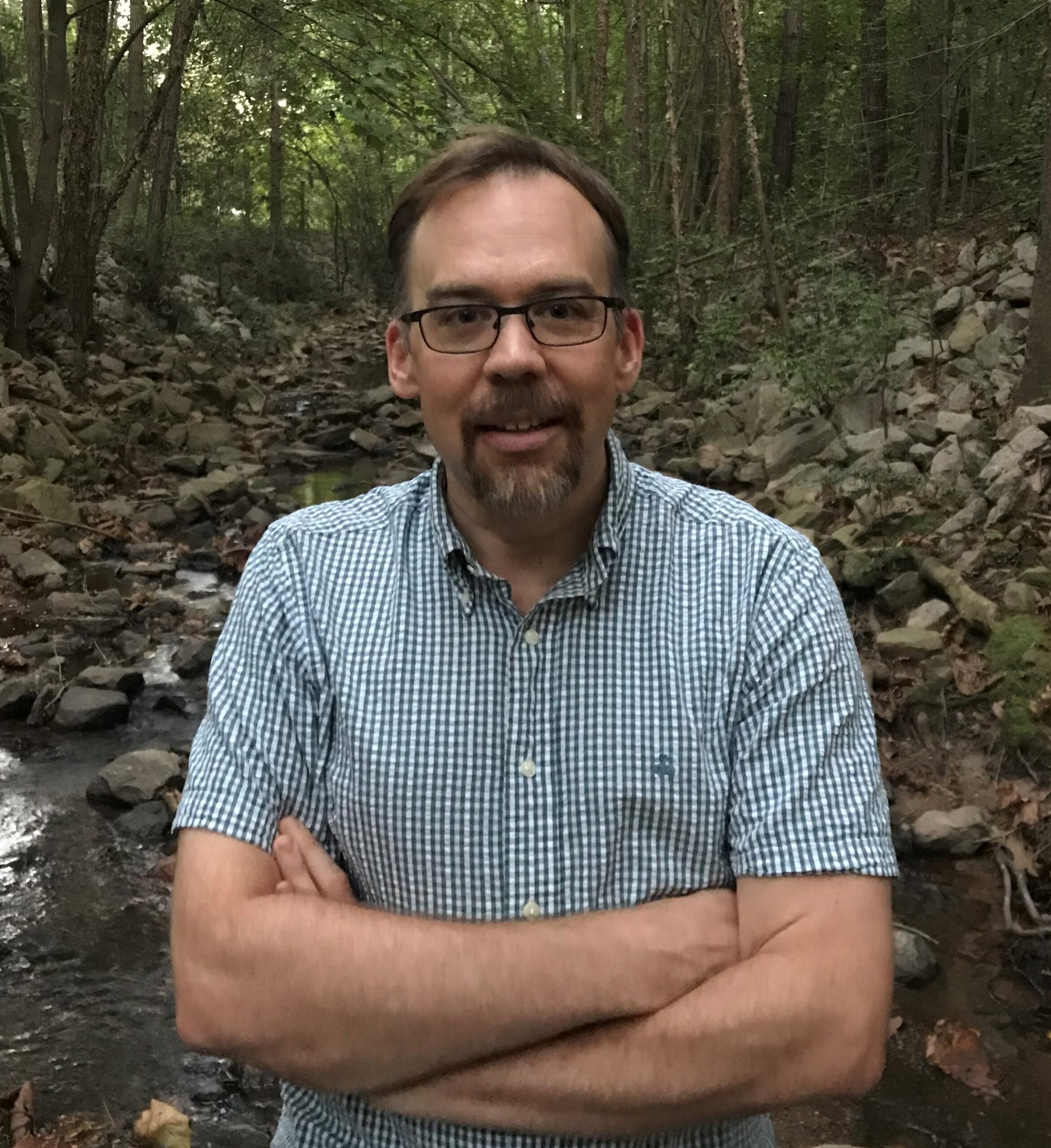Catching Up With Daniel Obenour: Advancing the Hybrid Watershed Model
BY JUSTIN LINDEMANN
Daniel Obenour, an environmental engineer and associate professor in North Carolina State University’s Department of Civil, Construction and Environmental Engineering, is interested in complex water-quality dynamics. He is working to develop probabilistic models that enhance our ability to comprehend and manage complicated environmental systems. These models help combat the nutrient pollution of water bodies, allowing the public to enjoy clean water.
The 2020-21 cycle is the first time Obenour has served as the lead Principal Investigator on a North Carolina Water Resources Research Institute-supported project, though he is no stranger to WRRI. He has worked on many Sea Grant and WRRI-funded projects with other researchers both at NC State and other institutions.
Obenour has worked with Hans Paerl of the University of North Carolina at Chapel Hill on a project forecasting low dissolved-oxygen levels in the Neuse River Estuary. He has also partnered on a project with Tarek Aziz, another NC State professor and WRRI-supported researcher, examining artificial mixing in Jordan Lake meant to reduce algal growth.

Obenour’s current WRRI-funded project focuses on improving hybrid watershed modeling for central North Carolina. He is looking at the Falls Lake and Jordan Lake watersheds, to better understand how watershed management influences nutrient loading and to incorporate improved data into the current model.
Two Old Models Join to Create One New Model
As for the watershed models Obenour is trying to improve upon, most environmental models are either classified as statistical or mechanistic. Statistical models are comprised of numerical data and attempt to estimate the probability of future behavior based on past behavior, while mechanistic models describe how a system changes from one particular state to the next based on biological and physical processes. With his hybrid watershed model, Obenour is trying to mesh them together.
“We’re trying to more rigorously combine these two modeling approaches so that we get the benefits of uncertainty quantification and data-driven inference of controlling rates that are controlling relationships,” he explains.
The framework he used for this is called Bayesian inference, a flexible framework that allows the user to incorporate both a mechanistic representation of the watershed while using precise statistics.
This improved hybrid watershed model could apply to multiple future management scenarios. One of the scenarios is increased urban development within the watershed. Another is how the implementation of watershed management practices influences future nutrient loading – the input of nutrients such as nitrogen and phosphorus into the ecosystem from numerous sources, which, if too plentiful, can pollute the watershed.
Obenour also wants to talk to stakeholders to get input on the specific scenarios they are interested in seeing the model address. Working with Helena Mitasova and Sankar Arumugam – two other NC State researchers – he hopes to improve the model with additional data to better explain the temporal and spatial variability in nitrogen and phosphorus loading, as well as gain more understanding of how management practices influence watershed health.
“I’m hoping we can demonstrate the effectiveness of these hybrid models for testing our assumptions about how watersheds function, and how watershed management and climate are impacting nutrient loading over time,” he says.
Managing Changing Watersheds
Watershed management strategies include measures such as stream buffers – natural areas near a water body that filter out various particles and chemicals that can harm water quality – and are meant to contribute to the enhancement and sustainability of a watershed’s function. Part of enhancing and sustaining a watershed is decreasing nutrient loading.

Obenour explains that increased development, urban or agricultural, can increase nutrient loading. Numerous developmental factors contribute to loading, including lawn and agricultural fertilizers, pet waste, and leaking wastewater infrastructure. Each having the potential to worsen the water quality downstream and contribute to harmful algal blooms and hypoxia, or a decrease in dissolved oxygen in the water that can kill aquatic life such as fish.
Obenour describes how development leads to faster infiltration of nutrients into water bodies.
“You have a lot more impervious cover, things like roofs and roads. So, the water runs off much faster and it carries the nutrients with it, in comparison to a more natural land, like a forest, where the water infiltrates more slowly, there’s more time for processing of the nutrients and less of the nutrient load reaching streams.”
Since Obenour’s previous modeling focused primarily on land uses, where he saw significant differences in loading based on varying land uses and differing stages of development, he has come to understand more of the variations in management. Obenour wants to improve modeling by considering different watershed management strategies, such as stream buffers and other structurally sound management practices.
Empowering Watershed Managers to Protect the People’s Water
According to Obenour, the model improvements will enable more efficient and effective watershed management. Watershed managers will be better able to understand where the nutrients are coming from, allowing them to apply fitting solutions for capture.
Besides the treatment costs, Obenour talks about additional economic impacts that nutrient loading can have on an environment, saying, “… people engaged in outdoor recreation, on lakes and reservoirs and coastal areas, they probably (and most people) want relatively clean water, and they want a productive fishery. Some nutrients are good, but they don’t want so many nutrients that you begin to have serious water quality problems.”
The preliminary take-home message Obenour offers, as his research is still ongoing, is that while development is increasing nutrient loading, leading to water quality issues downstream – such as hypoxia, harmful algal blooms, fish kills – and higher water treatment costs, it is important to understand the problem and what management practices are best suited to deal with such issues.
Obenour understands that if we fail to handle the issue of nutrient loading, serious water quality problems will impact people’s lives.
map: courtesy of Daniel Obenhour
This story originally appeared here.
- Categories:



